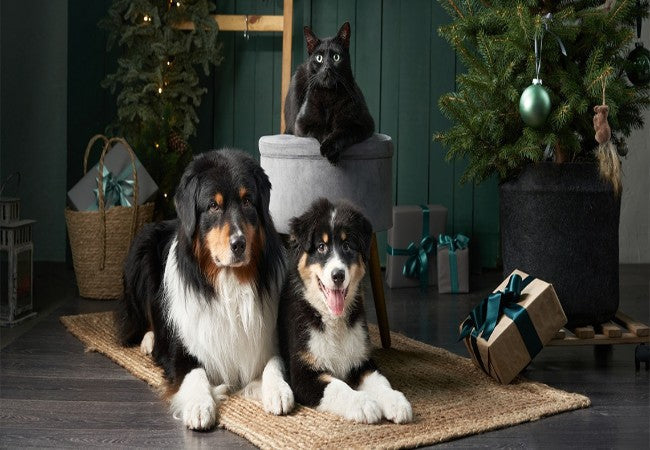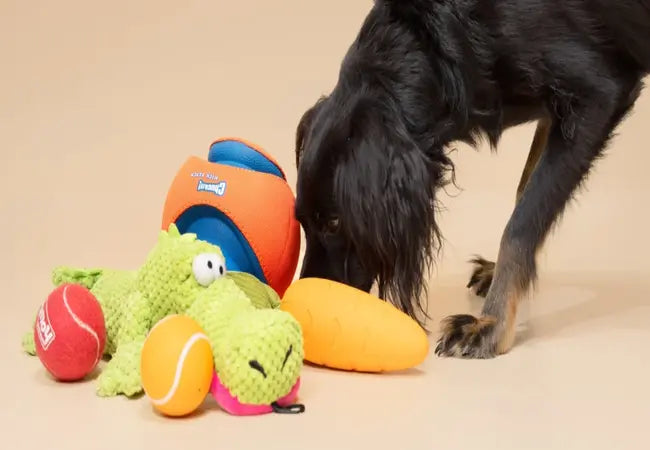Keep New Puppy from Peeing Indoors 2025: Vet Approved Potty Tips 🐶🚽

In this article
Keep New Puppy from Peeing Indoors 2025: Vet Approved Potty Tips 🐶🚽
By Dr. Duncan Houston BVSc
Welcome your new puppy home and let’s conquer potty training together! With veterinary expertise, structured scheduling, and positive support, you can help your pup learn fast—and avoid indoor accidents. This guide covers everything from timing and signals to tools, breed-specific tweaks, troubleshooting, and emotional wellbeing strategies. Let’s ensure a successful transition to a potty-trained pup.
1. ⏱️ Understanding Puppy Bladder Control & Timing
Puppies have limited bladder control. A helpful rule of thumb: they can hold it roughly one hour per month of age, up to about 9–12 months. For example:
- An 8-week‑old pup: 1–2 hour intervals
- A 12-week‑old pup: ~3–4 hour intervals
Initially, aim to take them outside every 30–60 minutes. After meals, naps, playtime, bedtime, or crate exits, expect a trip out soon.
2. 📅 Building a Consistent Pee Schedule
Consistency is critical. Use a visual or app-based schedule that aligns with your daily routine: mornings, meals, potty breaks, crate time, walks, bedtime. For instance, every 2 hours with adaptation as your puppy grows.
As they age, gradually extend intervals—but always watch for signs they need to go.
3. 🏠 Crate & Confinement Strategy
Crate training supports potty training. Puppies avoid soiling where they sleep. Key tips:
- Use a **properly sized crate**, big enough to stand, turn, lie—but not big enough to potty inside.
- Take them out before and after crate time—crate during limited periods.
- Don't punish crate accidents—give a clean crate setup.
4. 👀 Spotting Potty Cues
Puppies communicate when they need to go. Watch for:
- Sniffing or circling the floor
- Pacing, whining, heading to the door or scratching
- Sudden changes from play to focus
When you see these, calmly take them to the designated potty area right away.
5. 📍 Choose & Reinforce a “Potty Spot”
Designate a consistent outdoor spot or indoor area with pads. Bring your puppy there every time. Use a verbal cue like “go potty” just as they strain—then reward with treats and praise when they finish.
6. 🎉 Positive Reinforcement Only
Praise enthusiastically and reward immediately after successful elimination. No scolding or punishment for accidents—dogs don’t make the connection and may develop fear.
7. 🧼 Indoor Accident Protocol
If you catch an accident in progress, gently interrupt and take them outside. Afterwards:
- Clean thoroughly with an enzymatic cleaner to remove scent
- Don't punish—they’ll learn by omission or accident only
- Tighten the routine until consistent
8. 🔔 Use Doorbell or Bell Cue
Train your pup to signal when they need to go outside. Hang a doorbell low on the door, and press it before going out. With repetition and praise, they'll learn to ring it themselves.
9. 🐶 Breed & Personality Adjustments
- Small breeds: More frequent breaks due to rapid metabolism
- Working breeds: Structured walks and mental enrichment reduce distractions
- Anxious pups: Gentle encouragement and short crate sessions ease stress
10. 🛠️ Troubleshooting & Common Issues
Accidents despite schedule?
- Increase frequency temporarily
- Monitor signs—they may need closer observation
- Rule out medical causes like urinary tract issues via vet check.
Peeing when owner leaves:
- Limit leave time initially (<30 min)
- Ensure pre-departure toilet break and crate confinement.
Regression during teen months:
- Consistency, patience, and reminder cues help during development changes.
11. 🧠 Emotional Support for Puppy & Owner
- Track progress with the Ask A Vet app for behavior support
12. 📏 Sample Potty Training Schedule
For a 3‑month‑old puppy (~90‑minute hold):
- 7 AM: Wake, potty outside
- 7:10 AM: Breakfast → potty in 10–20 mins
- 9 AM: Post-nap outing; crate/play rotation
- 11 AM: Potty, lunch, then crate/play
- 1 PM: Adventure walk/potty break
- 3 PM: Potty, play/crate session
- 5 PM: Dinner → 10–20 mins later potty
- 7 PM: Evening play → potty session
- 9 PM: Last potty before bedtime crate
- Overnight: Take out once if under 4 months
Adjust times based on your puppy’s signals and growth.
13. 🛍️ Recommended Supplies & Services
- Ask A Vet App: get behavioral or health advice anytime
- Enzymatic Cleaner: removes odor to prevent repeat indoor marking
14. 📌 Final Takeaways
- Start early: frequent outings, consistent spot, positive praise
- Match routine to puppy’s age and bladder control
- Crate smartly—comfort with confinement, never punishment
- Spot cues, use signals, praise instantly after success
- Clean mistakes thoroughly, avoid emotional reactions
- Stay patient—pups mature in months 3–6 with occasional regression
- Use calming, enrichment, and support tools






